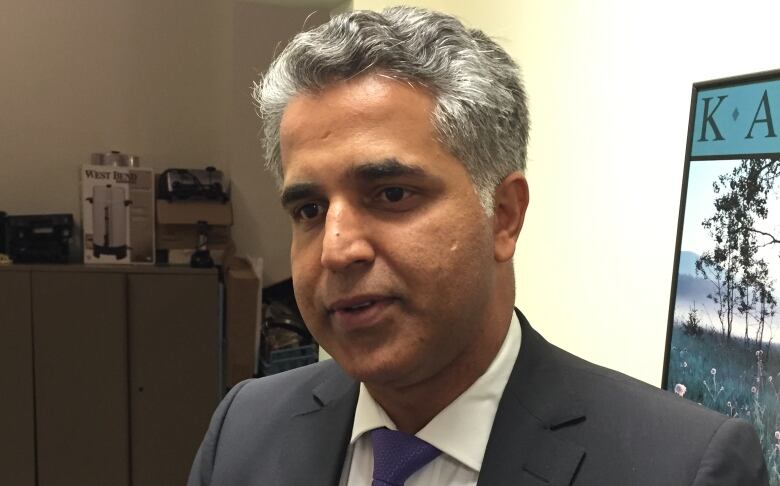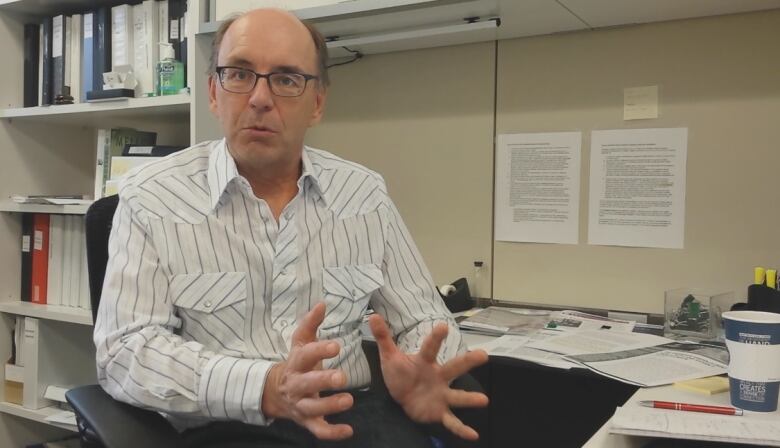Thousands of Albertans slip to 'lowest level of the social safety net' as EI benefits run out
Province says job recovery just beginning, notes $120M boost to income and employment support in the meantime

The number of people receivingincome support in Alberta has jumped 28 per cent in the pastyear and the vast majority of that increase is among people who are looking for work a consequence of federal EI benefits running out.
"That's what's happening here," said University of Calgary economist RonKneebone, who has been delving into the provincial data.
"We'vegot people who have exhausted EI and now they're moving on to the next level the lowest level of the social safety net."
Nearly 12,000 moreAlbertanswere receiving income support in Januarycompared to a year earlier, and roughly 8,000 of those were able andavailable to work.
That category ofrecipients has been the fastest-growing over the past several years, growing by 167 per cent since January 2013, even when accounting for population growth.
This interactive graph shows income support caseloads per 100,000 people in Alberta, by month, and by recipients' employment type:
Community and Social Services Minister Irfan Sabircited the crash in oil prices and resulting economic downturn as the primary drivers of the recent increases in income support.
He noted the province boosted funding for this area in its latest budget by $120 million over 2016levels.
But he hopes and expects this will be a short-term measure, as there are signs the provincial economy is rebounding.
"Job loss for many people is temporary and they will get back into the job market, but our supports will be there," he said.
"We will haveAlbertans' backs."

Sabir also noted the province is investing in education and job-training supports as well as infrastructure projects aimed at creating more jobs in the short term.
Kneebone, however, noted longer-term trends show an ongoing increase in Alberta's income-support caseloads.
The numbers spiked during the 2009 recession, too, and then dropped back down, but not to pre-recession levels, before rising again in the last couple of years.

Kneebone said the current situation is particularly challenging for people who havebeen unemployed for months even years and continue to struggle in their quest to find work.
He'll be keeping an eye on another data indicator over the next little while inter-provincial migration numbers as he suspects many Albertans will begin to look for other options.
"People are now going to have to start making decisions. Maybe they should be moving to where jobs are more plentiful," he said.
"So it'll be the reverse of what we saw in Alberta for a lot of years:that people were moving to Alberta, finding jobs. And now that those jobs have dried up, some people may be choosing to move out of the province."
- MORE ALBERTA NEWS |Province names centres to provide $25-a-day daycare
- MORE ALBERTA NEWS |Quintuple killer Matthew de Grood's schizophrenia 'in full remission,' review hears












_(720p).jpg)


 OFFICIAL HD MUSIC VIDEO.jpg)
.jpg)



























































































